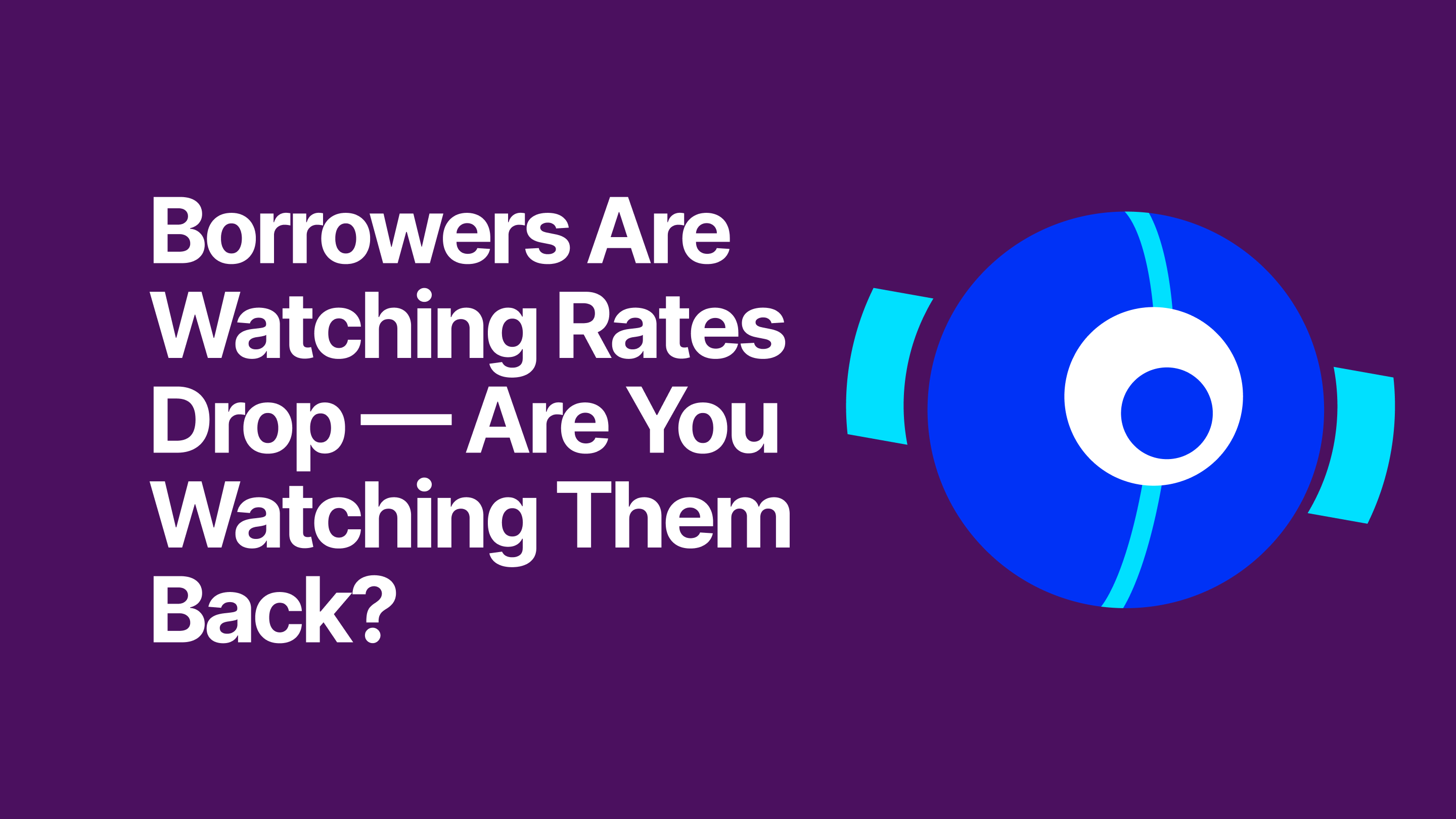First, what exactly is Google Data Studio?
Google Data Studio is a dashboard and reporting tool that is easy to use, customize, and share. It allows mortgage lenders to transform their data into appealing and informative reports for their audience. It automatically tracks key performance indicators that support your business objectives and generates periodic reports. Think of it as a high-powered Google Analytics tool with fewer limitations and more customization.
When you partner with BankingBridge, you will have access to your own Data Studio dashboard to track analytics from not only your co-marketing tools, but also your digital embeds across all websites and landing pages. Whether you are spending $100 or $100,000 a month on digital ads, you need to make sure you’re getting the most out of each ad dollar spent. This means tracking the performance of each ad, landing page, and embed so you can concentrate your marketing money on what is actually working to bring you more clients.
This might sound like an enormous task, but getting some basic reports on performance metrics set up is actually pretty easy. Let’s take a deeper look at the lead capture analytics of a customer using our lead workflow with Google Data Studio analytics.
Optimal Website Design
Before we dive into the data, let’s first review one of our customer’s websites with live embeds so you can get a feel for how to set up a website for optimal lead conversion. Then, we are going to look at the client’s actual dashboard you can get a better feel for how Google Data Studio works for mortgage lenders.
First, let’s look at Blue Spot Home Loans. On the lender’s website, they have one BankingBridge embed on the front page in the form of the “Purchase Loan” and the “Refinance Loan” buttons, as well as one BankingBridge embed tied to the call to action button that says “Get Live Quote” in the header.

These two embeds each have a unique name inside of the BankingBridge platform. “BlueSpot HomePage | Lead Workflow” indicates the “Purchase” and “Refinance” buttons on the home page. The other embed is titled “Get Live Quote Button | Lead Workflow,” indicating the call to action button in the header. BankingBridge customers can choose a specific name for each embed that works for them.

Each embed uses the BankingBridge lead workflow, and the calls to action on different parts of the page make it clear to webpage visitors where they can begin the pre-qualification process. Once you click on the homepage’s “Purchase” or “Refinance” buttons, it takes you through the BankingBridge lead workflow designed to convert potential clients into paying customers. The seamless embed is built into the page so that it offers an easy way to begin the process and increases lead conversion. BankingBridge also supports mobile embeds. With so many people starting their mortgage search on their phones, making sure your site and embeds are mobile-responsive is a must!

In the screenshot below, you will see the simple landing page for the “Get Live Quote” button which uses the BankingBridge embed with the non-transparent background. A simple landing page design allows the user to move quickly down the lead funnel.

How Google Data Studio Works for Mortgage Lenders
Now that we understand how the layout of the website supports lead conversion with embeds and straightforward calls to action, we can take a 30-day snapshot of this lender’s Data Studio dashboard to get some insight on how those embeds are performing. You can see that their website has generated a total of 303 leads, 215 “unique leads,” and validated 241 of those leads with a valid phone number or email. All of this information came from the 6 BankingBridge embeds on their website.
As you move down to “Title,” you see the names of each embed they are using on their website and the number of leads that have generated from that unique embed. One thing that the client noticed when examining this data is that the “Get Live Quote” button in the header of their webpage outperforms the “BlueSpot Home Page” purchase and refinance buttons on the homepage.
This kind of information about where new business is coming from is incredibly important for continued growth. Without that knowledge, the client might have taken out the most effective embed from their website in the future and lost out on potential clients. Another takeaway is that adding a simple call to action button in the header greatly increases lead capture.

Numbers That Matter
Of the total 303 leads, 194 (64%) were generated from the “Purchase” and “Refinance” buttons and the “Get Live Quote” button. It shows you the importance of using lead workflows to gather data vs standard website forms. You can track lead traffic across all of your digital marketing campaigns in one easy to understand dashboard. You may have embeds located on loan officer websites, realtor websites, homebuilder websites, or other landing pages, and tracking all of that separately can become a chore if you don’t have the Data Studio dashboard. With BankingBridge, all those embeds will automatically generate simple, effective reports to help you know where your ad money is best spent.
You can also see the performance of other embeds being used and where they rank on numbers of leads being generated. You can even see how many leads were validated and whether they were validated via SMS/text or email. By looking at these numbers on a regular basis, our clients know if any increase in ad spending or a new piece of content worked to increase lead traffic. Utilizing this data allows you to maximize your marketing campaigns and lead conversion from all the platforms and websites your mortgage lending business is featured on.
As a mortgage lender, being able to intelligently track your lead traffic with real time data is the future of your business. Not having to build out your own complicated tracking mechanics saves you time, money, and allows you to adjust ad spend quickly so no dollar goes to waste. Utilizing BankingBridge embeds within your mortgage marketing roadmap is the edge you need to keep growing.
















